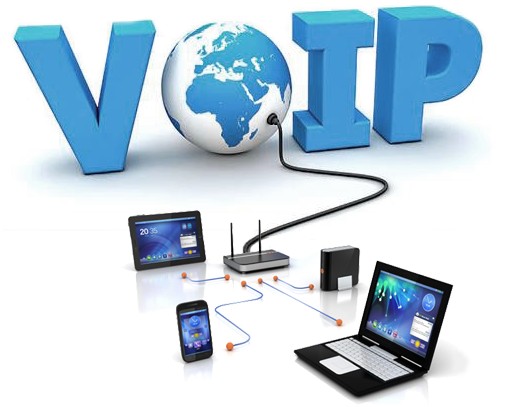VOIP, also called as Voice-Over Internet Protocol, Internet telephony is the process of routing of call conversations through Internet or different IP-based networks. Enterprises, which provide VOIP services, are called providers & protocols or certain rules are devoted to execute the call signals through Internet Protocol network called VOIP protocols.
This can be looked upon as commercial achievements or exploitation from Network Protocol designed in 1973. As a solitary network is used, thus the cost is a bit lower and they are used to convoy voice signals or data. This can work more effectively when users have a spare or unutilized existing network capacity. So that network carries the VOIP signals at no separate cost and hence saves money overall. VOIP-VOIP calls may be free but VOIP to the public guarded telephone networks will cost you money.
Public-Switched Telephone Networks are called as PSTN. When calling from VOIP to the PSTN, the cost may be beard by VOIP users. There may be mainly 2 kinds of PSTN in VOIP service – “Direct inward dialing” (DID); & access numbers. The former is used to connect the caller promptly with VOIP users. However, in case of the Access numbers, it is required for the user to type the VOIP user’s extension number. VOIP installations often face problems when dealing with jitter and latency. It is especially encountered while satellite circuits with propagation delays.
Another challenge in VOIP is routing traffic signals through address translators and firewalls. Skype functions as a routing protocol. Moreover it calls through other peers. Numerous VOIP suppliers do not interpret the pulse calls from phones or other services to DTMF. Fixer delays are hard to control. However, marking the voice packets can minimize other delays, as they are delay sensitive. The principal or major reason for the package failure is jamming whose avoidance and management can control it.


